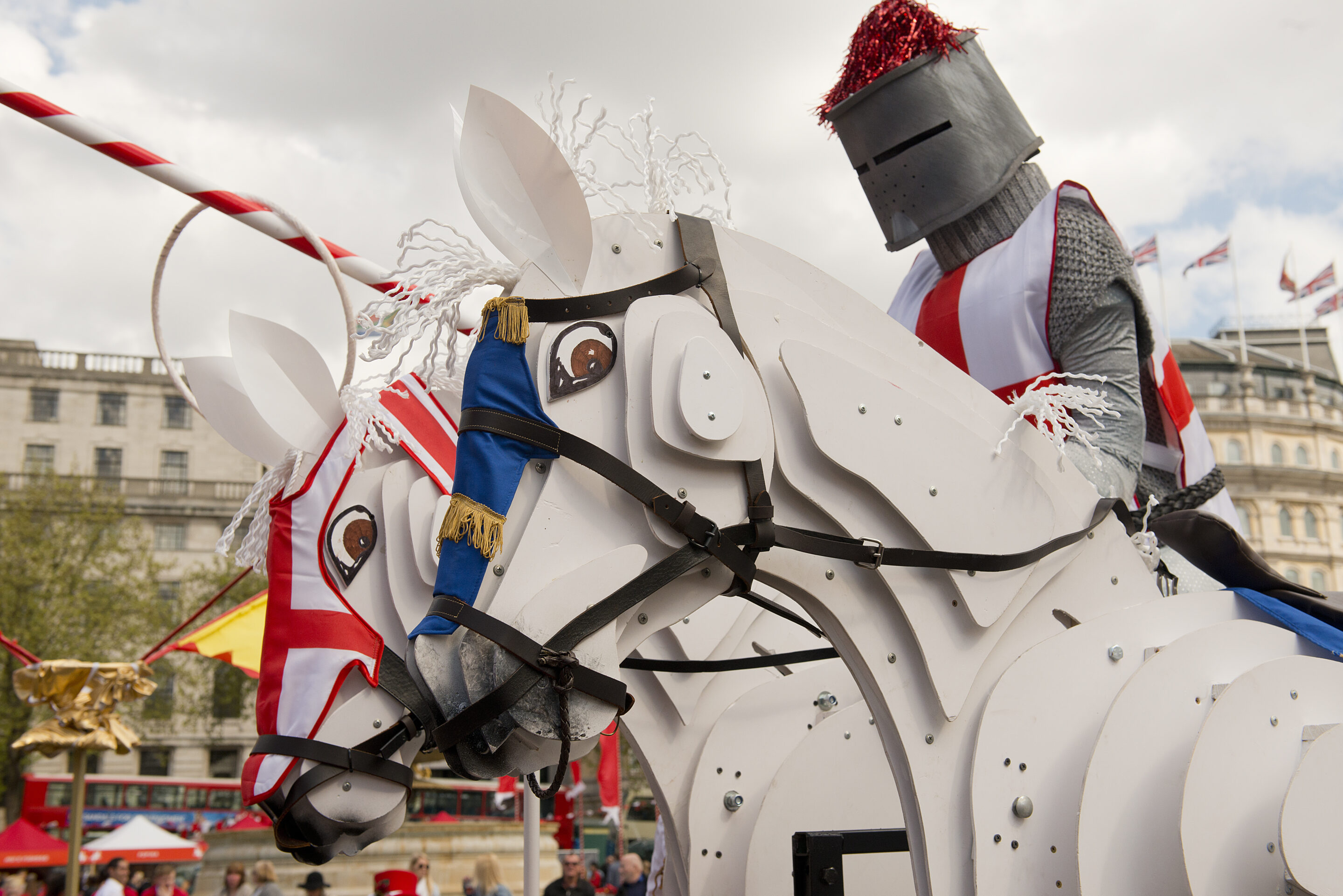5 Facts About St George’s Day
What is St. George’s Day?
Did you know St. George’s Day is popular in the UK? It’s a day of the feast celebrated in England for hundreds of years and starts on the 23rd of April. St. George’s Day used to be a national holiday in England. It is now a festival that is celebrated with parades, wearing the national flag and other activities.
Here are five interesting facts you may not know about St. George’s Day.
Fact one: Who was St. George?
St. George is the patron saint of England. St. George was adopted as the country’s patron saint in the Middle Ages because of his reputation. He had been declared a saint in AD 494 by Pope Gelasius. St. George is an international saint, and England is not the only country that celebrates it. He is also the patron saint of Ethiopia, Georgia, Portugal and Lithuania, all countries with which England has shared history, primarily through trade and exploration. He is known as “the knight that slays a dragon”.
Fact two: St. George’s Day dragon
Did you know that St. George and the dragon originated during the middle age of his great courage and bravery?
Legend says he arrived at a village where the dragon attacked the local towns and the local people had to sacrifice a sheep to feed its hunger to appease the dragon.
The sacrifice of the sheep was chosen by the lottery each day until the King’s daughter was selected, and then George came by and offered to slay the dragon. On this day, the local villagers celebrated with a feast for their honour and glory. Therefore, the celebration of St. George took place each year in tribute to his bravery and solidarity.
Fact three: What is St. George’s connection to England?
During the times of crusade in 1098, St. George led the Christian knights during a siege. The crusade is a religious war battled to gain control over Jerusalem and many other Holy places. One hundred years later, King Richard, the 3rd, created his army uniform on the cross of St. George. This later benefitted King Richard’s soldiers as they asked for St. George’s protection for his bravery.
Fact four: St. George became the patron saint of England
At the time of St. George, Richard the 3rd, who was the King of England, Chose George as the patron saint for his bravery. It was not until 1350 that St. George became the patron saint of England. Not only King Richard that has made an award for George’s victory, but King Edward also made an award which is called ‘the order of the garter’.
Fact five: Where was St. George born?
St. George, the patron saint of England, was a Roman soldier born in what is now Turkey (around A.D. 280). While he was still a young man, his mother moved him to Palestine. His father died when he was fourteen years old. He became a soldier in the army of emperor Diocletian. At this time, emperor Diocletian decided to persecute Christians throughout the empire. St. George became one of several soldiers to refuse to participate in the persecution and torture of Christians.
It’s important to teach children about St. George’s Day because it celebrates an important historical figure and teaches patriotism and heritage to the next generation of children. St. George is a person whom people remember for his heroism. He was a real-life knight in medieval Europe and faced many issues involving honour and bravery. Teaching children about St. George is important because it is not just about celebrating a certain character. It is also about remembering our own heritage and honouring those who fought for peace and equality.
If you’re looking for more similar blogs like this, take a read of our 5 Facts about St. Patrick’s Day.






